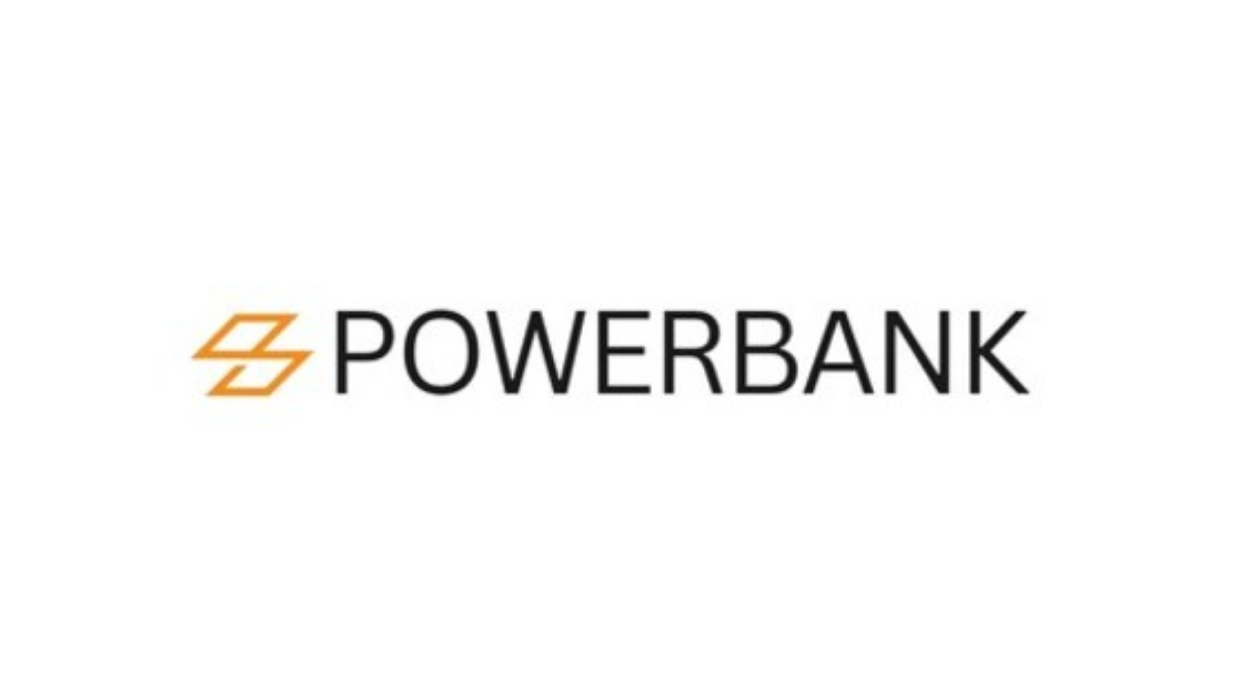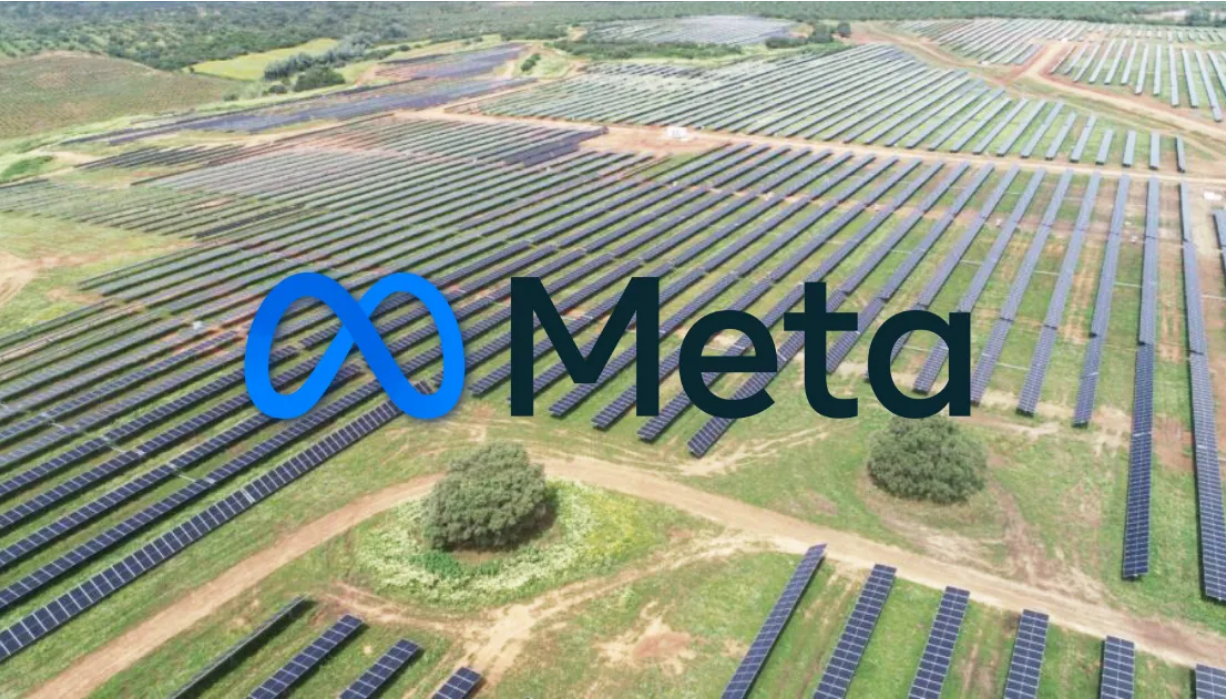
Featured Articles
Early this morning, we got word that PowerBank Corporation (NASDAQ: SUUN), a solar energy and battery storage company, locked in a $1.47 million payment from the New York State Energy Research and Development Authority (NYSERDA). This, for its 3.79 MW Geddes Solar Power Project in Onondaga County, NY.
Of course, this is just one of many projects the company has built (or is currently building), in the Empire State. In fact, just a few weeks ago, the company announced a major deal with the New York State Division of Military and Naval Affairs (DMNA) for the development of a 20 MW portfolio of solar power projects and battery energy storage systems.
If you’re unfamiliar, the DMNA is New York’s executive agency responsible for managing the state’s military forces, which consists of nearly 20,000 personnel. This is not a small project, and thus, the contract for PowerBank is not trivial. But let’s get back to the $1.47 million payment from NYSERDA, because this is a big deal for five specific reasons …
- Signal of execution and eligibility
This payment means PowerBank didn’t just announce a project. It now has a fully operational community solar asset that meets the criteria of the NY-Sun program. Huge difference!
According to the announcement, the project “qualified for the Megawatt Block, Community Adder and Landfill/Brownfield Adder.” So, from an investor perspective, this is proof that PowerBank can secure a site, complete the build, connect it to the grid, and lock in those tasty incentives. All of this significantly reduces execution risk for future projects.
- Adding cash flow and improving economics
Receiving $1.47 million (plus an expected additional US$245,000 for the Inclusive Community Solar Adder) means that this project has meaningful upfront support. When it comes to energy projects like these, those incentives quickly improve the internal rate of return (IRR), lower required equity or debt costs, and speed up payback. More specifically, for PowerBank, this means one of its assets is already pulling in non-volatile revenue (or near-revenue) instead of being a “future pipeline” gamble.
- Validates strategy and pipeline credibility
This incentive payment is a concrete validation of the company’s ability to deliver. It demonstrates that it can qualify for state-level programs, execute brownfield/landfill solar (which often carries higher development risk), and generate real returns.
- Brownfield/landfill project = lower land risk and ESG upside
The Geddes project was built on a closed landfill, which has multiple advantages:
- Low competition for land
- Sustainability story
- Higher incentive eligibility under the NY-Sun program
It’s also worth noting that as ESG becomes more important for funds and institutional investors, projects like this carry more appeal while the incentive shows the state of New York also supports that model.
- Raises visibility and supports re-rating
For a smaller company like PowerBank, earning this kind of payout helps shift the perception from a small solar developer to an asset-owning, revenue-generating energy company.
Indeed, this $1.47 million payment isn’t just a nice headline. It’s a meaningful milestone. It moves the narrative from “we hope” to “we have delivered.” And that can make the difference in whether the company gets valued as just a developer or starts getting valued as a full-service energy infrastructure player. Which is really what the company is now.
Based on recent developments and the company’s pipeline, we believe the stock is currently undervalued by as much as 49%. And in a few days, we’ll show you the numbers to prove it.



